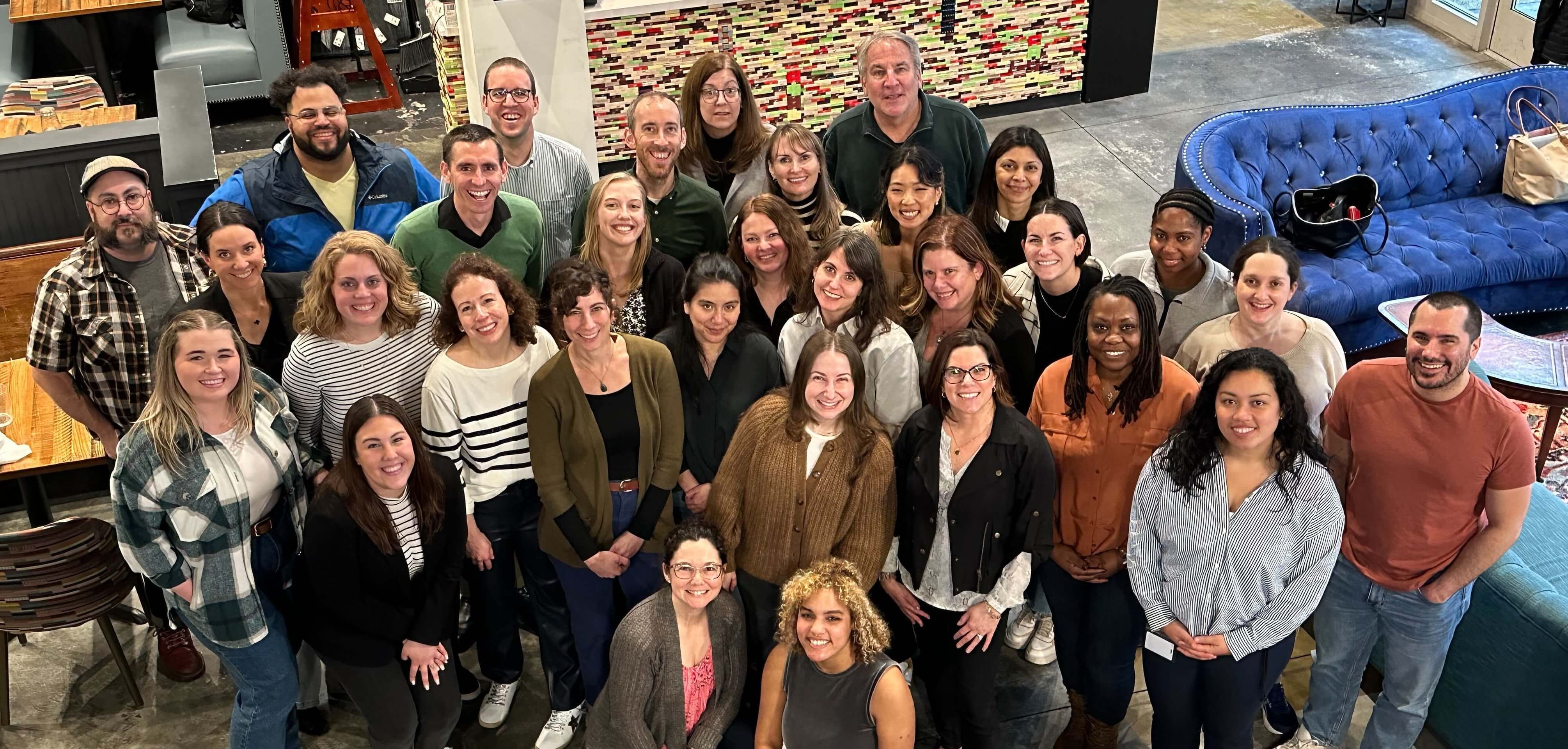School Initiatives Going Nowhere Fast? Try Premortems

No matter whether a school initiative targets standardized testing scores, curriculum rigor, or classroom culture, it’s pretty common for teachers to hear a message like this from an administrator: if you just stay positive about this year’s Big Initiative, success will follow. But after the motivation from a starry-eyed pep talk wears off and everyday responsibilities take precedence, the goals can feel impossible to achieve. An unworkable initiative will be scrapped or forgotten within a few months, even if teachers appreciate its intentions, but everyone knows it won’t be long before another one is announced.
Want to stop the cycle of initiative fatigue? Ask your administrators to work with teachers to conduct premortems. It’s a free, easy decision skill that makes a big difference in making sure you commit to the best ideas and see them through. Here’s what you do:
- Before an initiative is put in place, you imagine a vision of the future: you’ve already gone through with the idea, and it turned out to be a huge failure.
- Then, you work backward and ask yourselves, “What were the cause(s) of this failure?”
- Make changes to the plan that manage those potential causes of failure before you actually make your final decision about what you’ll do.
Conducting premortems during early discussions of an initiative can help everyone be realistic about the usual factors that limit progress: crowded curricula, purchasing and creating instructional materials, scheduling conflicts, teacher training and professional development, and oversight required from busy administrators.
At first, it might seem like imagining how a school initiative would fail emphasizes doom and gloom in an environment where time and money are notably limited and criticism is abundant. However, a premortem is not a pessimistic practice. Instead, it’s a tool to promote success. In business, premortems are seen as a way to manage risks and clarify how resources should be invested in an idea to achieve the desired outcomes. Even though schools aren’t profit-driven, anticipating obstacles and making plans to mitigate risks can prevent initiatives from becoming distractions that ultimately fail and lowering morale.

